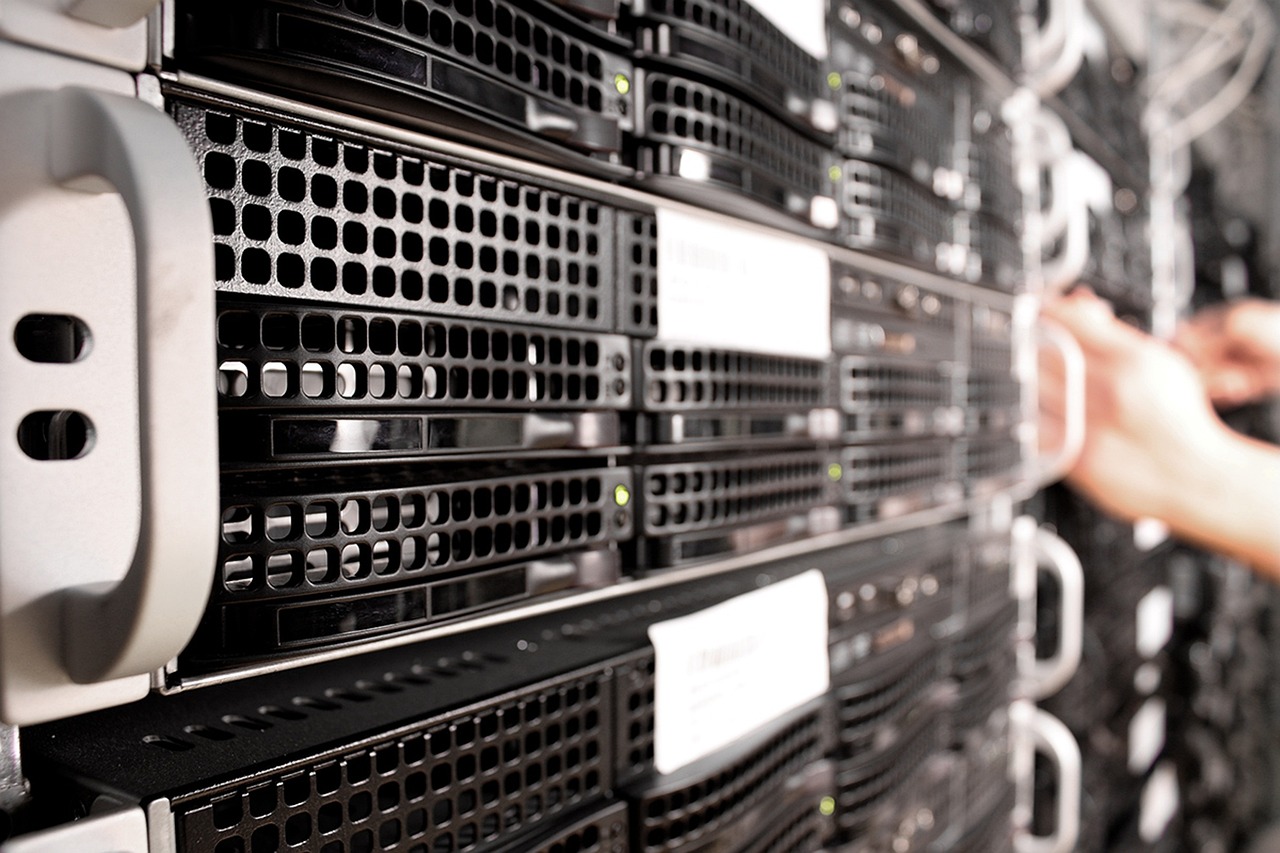Sustainability in IT Hardware Procurement - A Simple Guide for IT Asset Managers
Posted by PCSP Admin on Aug 6th 2024
Focusing on sustainability in IT hardware procurement is becoming increasingly important for organizations. Looking at ways to reduce waste is not only great for the environment, but it also helps to save money. Sustainable practices can lead to cost savings with the help of energy-efficient technology and extended hardware lifecycles.

Here are the main principles behind sustainable IT procurement.
Lifecycle Assessment (LCA)
An extensive LCA evaluates the environmental impact of hardware from production to disposal. Understanding the full lifecycle helps in making informed decisions about procurement. Doing this extra step will help ensure the chosen hardware has minimal negative environmental effects.
Energy Efficiency
Selecting energy-efficient hardware reduces power consumption and operational costs. Look for devices with certifications like Energy Star or EPEAT, which meet strict energy efficiency guidelines. Lower energy usage cuts costs and reduces the organization's carbon footprint.
E-Waste Management
Proper e-waste management is always important. Implementing a recycling and disposal program is key to responsibly handling old hardware. Instead of simply disposing of old electronics, partner with a company like PC Server & Parts who can reduce the tech waste impact on our environment by extending the life of technological resources. PCSP fixes and recertifies used servers, workstations, and laptops that are then sold to companies and consumers for use keeping old equipment from simply entering landfills.
Supplier Sustainability
Working with suppliers who prioritize sustainability can amplify your efforts. Evaluate suppliers based on their environmental policies and commitment to decreasing waste. Building strong partnerships with eco-friendly suppliers can often drive better outcomes for your organization.
Here are a few tips for implementing sustainable IT procurement.
Create a Sustainability Policy
Creating a clear sustainability policy sets the foundation for responsible practices. Outline specific goals and guidelines for selecting, using, and disposing of all IT hardware. This policy should align with the overall corporate sustainability strategy.
Training and Awareness
Educating your employees about sustainability is always recommended. Perform training sessions and workshops to raise awareness and provide practical knowledge on sustainable practices. Well-informed employees are more likely to support and implement these practices.
Conduct Regular Audits
Regular audits of your IT assets help identify opportunities for improvement. Be sure to assess the energy consumption, lifecycle stage, and disposal methods of your current hardware. You can use this data to make informed decisions about future upgrades.
Optimize Use of Hardware
Maximizing the use of existing hardware can reduce the need for new purchases. Virtualization, cloud computing, and efficient resource management can extend the life of current assets. Taking this proactive approach not only saves money but also minimizes environmental impact.
Choose Upgradable Systems
Investing in upgradable hardware allows for easier repairs and updates. Instead of replacing entire systems, you can upgrade specific components, reducing waste and extending the lifecycle of your equipment.
Here is how you can measure the impact of these sustainable practices.
Key Performance Indicators (KPIs)
Setting KPIs to measure the success of sustainable procurement practices is important. You can track metrics such as energy consumption, e-waste generated, and the percentage of eco-friendly products purchased. Regularly reviewing these KPIs helps assess progress and gives insight into any necessary adjustments.
Reporting and Transparency
Transparent reporting of your sustainability efforts builds trust with clients. Publish regular reports on your achievements, challenges, and future goals related to sustainable IT procurement. Transparency shows your focus on sustainability and can inspire others to follow suit.
Here are some of the biggest benefits of having sustainability in IT hardware procurement.
Cost Savings
Sustainable procurement often leads to significant cost savings. Energy-efficient hardware reduces power bills, and longer-lasting equipment lowers replacement costs. Focusing on efficient e-waste management can even help mitigate disposal fees.
Improve Your Reputation
Organizations known for their commitment to sustainability often enjoy a better reputation. Customers and employees are even more likely to support businesses that prioritize environmental responsibility. A positive perception can often lead to increased loyalty and new business opportunities.
Maintain Regulatory Compliance
Meeting environmental regulations is another key aspect of sustainable procurement. Compliance with laws and standards helps avoid legal issues and potential fines. Always staying well ahead of regulatory requirements positions your organization as a leader.
Positive Environmental Impact
The most significant benefit of sustainable IT procurement is the positive impact on the environment. Reducing energy consumption, minimizing e-waste, and supporting eco-friendly suppliers contribute to a healthier planet. These efforts also help combat climate change and preserve natural resources for future generations.
Here are some practical tips for IT asset managers.
Establish Clear Guidelines
Having clear guidelines for procurement makes it simple for all team members to understand the criteria for selecting sustainable hardware. These guidelines should include preferred certifications, energy efficiency standards, and supplier evaluations.
Collaborate with Other Departments
Working with other departments can enhance the effectiveness of your sustainability initiatives. Collaboration guarantees that all aspects of hardware procurement and usage are aligned with the organization's sustainability goals.
Engage with Industry Groups
Joining industry groups and attending conferences on sustainable IT practices can provide valuable insights and networking opportunities. Learning from peers and experts can help you stay up to date on all of the latest trends in sustainable procurement.
Leverage Technology for Monitoring
Using technology to monitor and manage IT assets can improve sustainability. Implement asset management software to track energy usage, lifecycle stages, and maintenance needs. Data from these tools can inform better decision-making and highlight areas for improvement.
Plan for Future Growth
Considering future growth and technology advancements when planning procurement strategies can lead to more sustainable choices. Choose scalable solutions that can easily adapt to the organization's evolving needs without frequent replacements.
Closing Thoughts
Focusing on sustainability in IT hardware procurement requires a strategic approach. All IT asset managers and leaders can drive positive change by following these basic practices. Looking at ways to reduce waste benefits businesses and positively impacts the environment.

